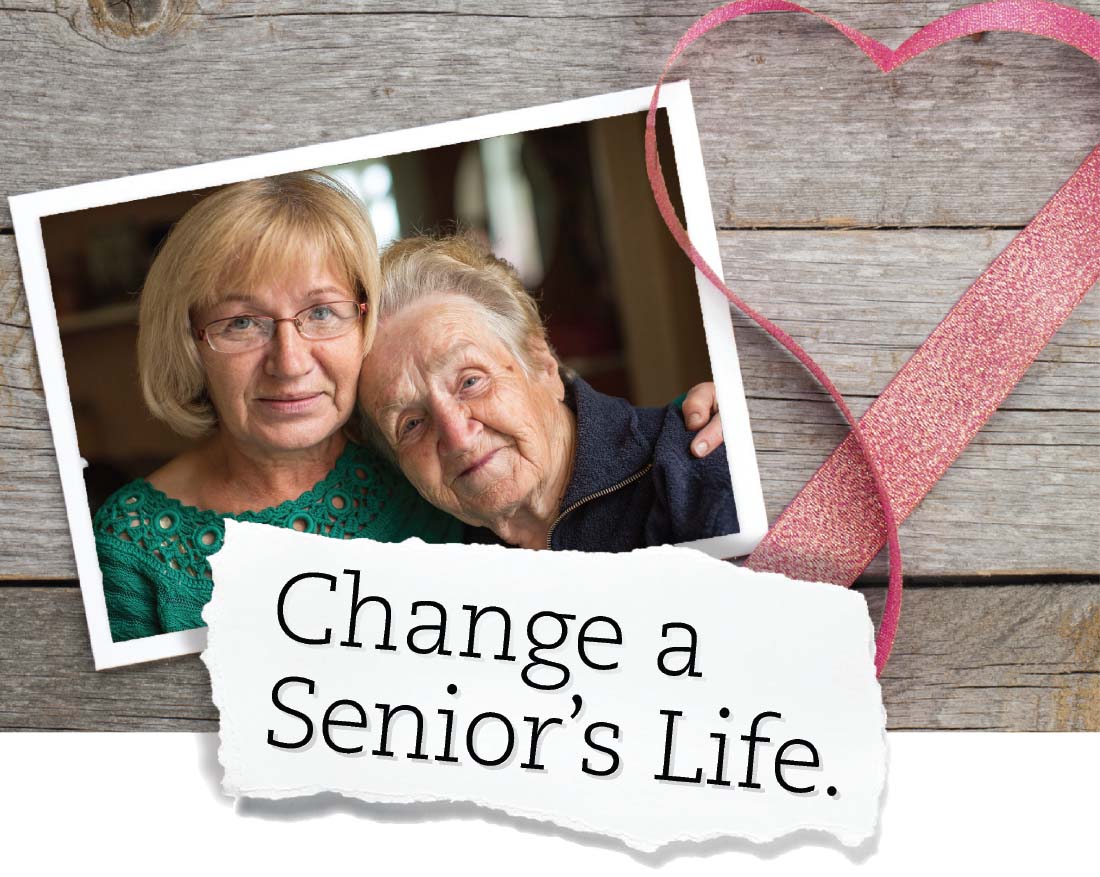Serving Long-Term Care Residents in Orange and Riverside County
You Can Make a Difference
Are you looking for meaningful volunteer work that will change the lives of the elderly and yours?
Consider joining the Council on Aging – Southern California’s dedicated group of over 400 volunteers.
There are over 44,256 Long-Term Care residents in Orange and Riverside County who live within 1,618 facilities.
The Long-Term Care (LTC) Ombudsman Program recruits and trains caring people like you to serve as advocates for seniors who are often alone and forgotten.
You will:
Make unannounced, regular visits to LTC facilities.
Advocate for improvements in resident care.
Work to improve resident quality of life.
Address and resolve quality of care and safety issues.
Train staff, families and residents on resident’s rights and abuse prevention.
Help prevent inappropriate evictions, and more.
Through our state-certified comprehensive training, you will be prepared to protect and advocate for Orange and Riverside County long-term care residents.
Ideal volunteer candidates will:
Meet the minimum age requirement of 18 years.
Complete a written application.
Visit the 3 different types of facilities before training starts.
Submit to a background check.
Complete 36 hours of basic training and ongoing monthly trainings.
Complete 10 hours of field training with a mentor in facilities.
Not be eligible to participate if you have been employed by a long-term care facility within the past year.
Volunteer a minimum of 15 hours per month on a flexible schedule for at least one year.
Be passionate about serving our most vulnerable citizens.
Volunteers are certified by the California State Ombudsman following completion of all required training and may request mileage reimbursement.
We need Ombudsman bilingual in English, Spanish, Korean, Vietnamese, Tagalog, and Farsi
Concerns about the quality of care provided to residents in long-term care facilities.
Physical abuse and neglect.
Financial issues (billing concerns, benefits, financial exploitation).
Concerns about physical or chemical restraints.
Involuntary transfer and discharge issues.
Privacy and confidentiality.
Witnessing of Advance Directives in Skilled Nursing Facilities.
Supporting resident and family councils.
The training to become a State Certified Ombudsman in Orange County consists of 36-hours in training and reading materials.
Our training class consists of 8 online training modules and (4) 2-hour in office sessions. As a trainee we ask that you participate in a minimum of 10 hours of field visits with an assigned mentor during your online training.
Person(s) 18 or older who is/are a current resident of a long-term care facility;
Friends and relatives of persons who live in long-term care facilities;
Long-term care facility staff members and administrators with resident-related concerns;
Individuals and families who are considering long-term care facility placement as a long-term care option;
The community-at-large; and
Other interested groups concerned about the welfare of residents of long-term care facilities.
Resident’s Rights are protected by federal and state laws.
The following is a partial list of a resident’s rights:
Be treated with respect, dignity.
Be free from chemical and physical restraint.
Manage your own finances.
Voice grievances without fear of retaliation.
Associate and communicate privately with any person of your choice.
Send and receive personal mail.
Have your personal and medical records kept confidential.
Apply for state and federal assistance without threats or discrimination.
Be fully informed prior to admission of your rights, services available and charges.
Volunteers benefit by making a difference in the lives of residents. They also will improve and develop their interpersonal and problem-solving skills while building trusting relationships.
Volunteer ombudsmen develop skills in:
Volunteer facility assignments use 2 main factors: where we have a need for volunteers and the volunteers’ preference. If you prefer to have an assignment close to your home or work, we will make every effort as long as there is a facility available.
Next Steps
Step 1: Complete the contact form on this website.
Step 3: After receiving your application, we will schedule an interview time so we can get to know you and make sure we are the right fit to meet your expectations as a volunteer.
Step 4: Visit the 3 different types of facilities with a mentor to see what we do in the field and what the differences are between the facilities.
Step 5: Start your 36-hour training and your 10 hours of field visits with an assigned mentor.

